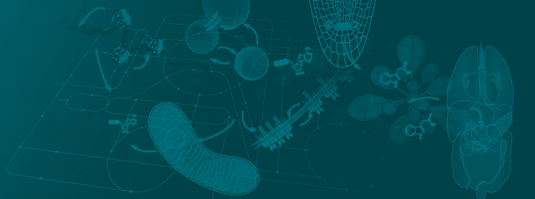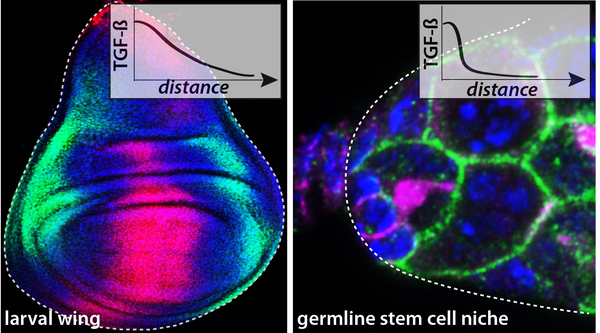Dr. Giorgos Pyrowolakis (CIBSS-AI), ZBSA Centre for Biological Systems Analysis, University of Freiburg
Tight spatiotemporal control of signaling activity allows building an extreme variety of signaling regimes matching the multitude of functional and biological output. The components accounting for such regulation are largely known, however, their exact mode of action and the mechanisms that enable the same set of regulators to adjust signalling outcome to the biological context are ill-defined. We are using Drosophila TGF-ß signaling to understand how rewiring of regulatory networks and feedback circuitry enables diversified spatiotemporal pattern of signaling - ranging from long-range morphogen gradients, to short-range and cell-contact dependent signalling or to fast temporal switches in signal branch activity. We wish to reach a level of understanding that will allow us to manipulate regulatory topology in vivo and bring about predictable changes in signalling output and, consequently, in shape and form of organs, regeneration potential of tissues or properties of stem cells niches.






